FLYING WITH SPECIAL NEEDS
The World Health Organization (WHO, 2019) estimates that 15 percent of the world’s population has various disabilities.
If you or a family member has special needs, flying to an overseas holiday destination may not rank high on your to-do list as you may lose motivation foreseeing the number of obstacles and difficulties.
Barriers such as lack of empathy, proper amenities and the limited accessibility are just some of the issues you have to take into consideration if you’re thinking about air travel with special needs.
Holiday Tours and Travel (HTT) is a company with 48 years of well-renowned expertise in the travel and tourism industry. Mr Khor Chew Hong, Senior Vice President of the Partnership, Operations and Supply Chain, tells us how the company is more than well-equipped to ensure that everyone has a seamless and worry-free air travel experience, even if you are flying with special needs. “Meticulous planning and great attention to detail are the cornerstones of our commitment to ensuring safe vacations for all” says Khor.

1. Flying With Special Needs – Wheelchair Assistance
For people who require wheelchair assistance during air travel, Khor explains that HTT will first assess the reason a wheelchair is needed.
From the assessment, the team will then be able to provide the most suitable level of assistance and care so that the burden of planning air travel with special needs is taken off you.
There are three categories of services rendered:-
Category 1 – Wheelchair assistance is needed, but this population is still able to walk, however not for a great distance
For this category, Khor says that his team will assist in arranging for wheelchair service to be provided at the check-in gate, right up to the boarding gate, unless you have specified that you will be bringing your own wheelchair.
If you prefer to travel with your own wheelchair, read on to find out about wheelchair requirements.
Category 2 – For this population, they are still able to walk but their range is more limited than Category 1
For passengers whose walking range is more limited, Khor and his team can arrange for wheelchair service from the check-in gate, right up to the aircraft gate.
Once again, if you have specifically requested that you will be bringing your own wheelchair, ensure that your wheelchair meets the airline’s requirements.
Category 3 – This population, whether special needs or the elderly, is not able to walk at all
For passengers who are not able to walk at all, wheelchair service is provided right up to the passenger’s seat. The team will also arrange so that the passengers are seated in special rows, such as the bulkhead rows or the exit rows which are roomier with more legroom.
Some passengers will prefer the window seat to avoid other passengers climbing over them to use the restroom whilst other special needs travellers, particularly those who cannot transfer from a wheelchair to their seat independently may prefer the aisle seat.
If wheelchair rental is needed, it is advised that you book and arrange everything as early as possible, as the number of wheelchairs provided at airports is limited.
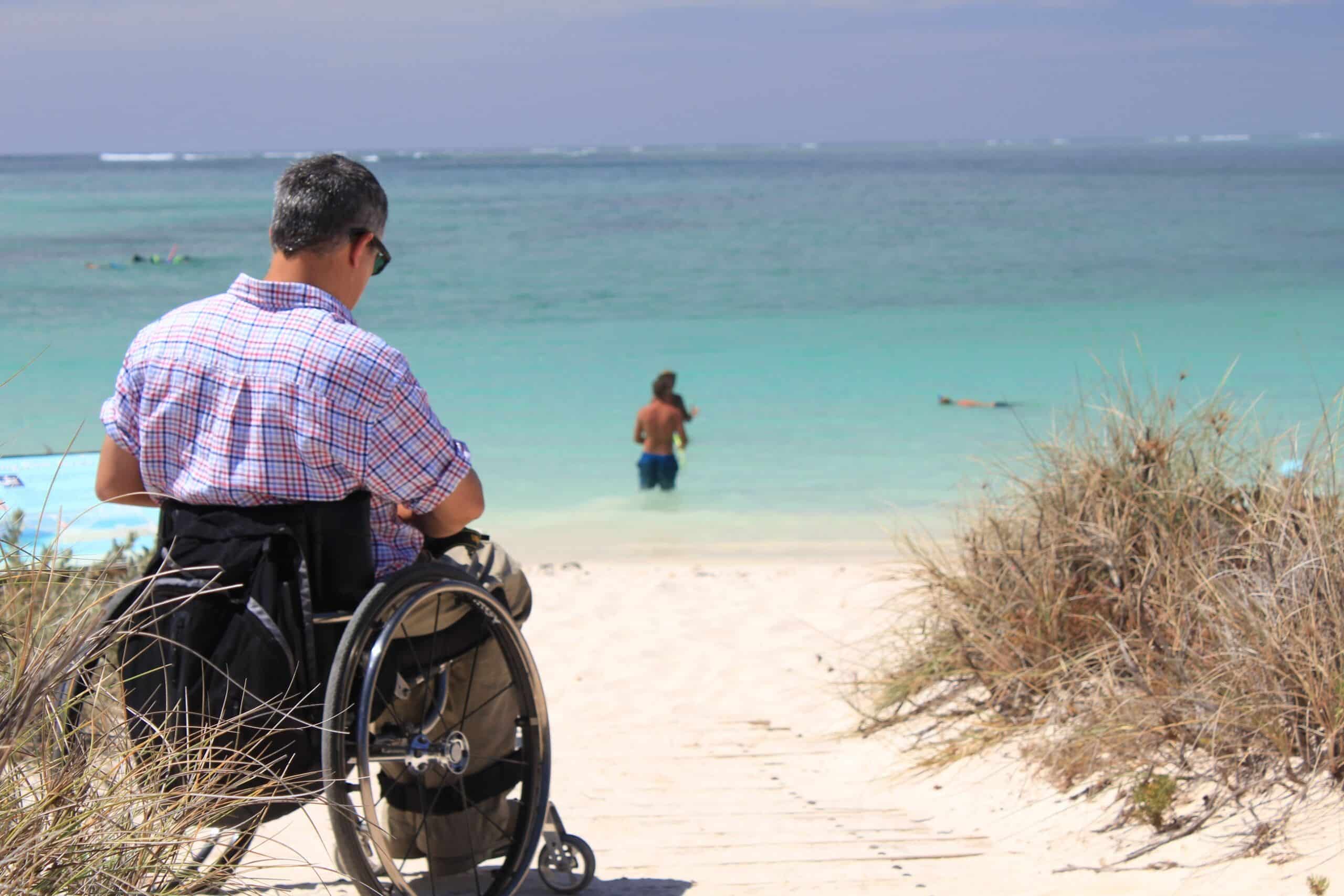


Bringing Your Own Wheelchair
If your preference is to bring your own wheelchair, do bear in mind that the wheelchair must meet the airline’s stipulated requirements.
John Morris is a triple amputee who has flown more than 850,000 miles in the past five years ( pre-pandemic ) and has a website called WheelchairTravel where he provides information about air travel with a disability.
For example, he’s discovered several airlines that he cannot travel with, as his battery-operated wheelchair weighs more than the airline allows.
John’s tip: do bear in mind that wheelchair users exit the aircraft last. As the de-planing process easily takes 25 minutes or more, when booking a connecting flight, always allow ample time, at least a minimum of 90 minutes. The quick layover may be your only opportunity to visit a restroom so that extra bit of time is precious.
Looking After Your Wheelchair
If you are bringing your own wheelchair, you can take preventative measures such as attaching written instructions that explain how to operate your wheelchair, as well as how it folds and tilts.
Before turning over your wheelchair to airport personnel, take off any removable parts such as the seat cushion, removable wheels and footrests. These items may be carried on the plane and do not count as baggage.
For your own convenience, try and carry as little luggage as possible. You can also consider purchasing a special rolling suitcase that is designed to attach to a wheelchair.
Finally, it is prudent to carefully inspect your wheelchair for damage when it is returned to you. Immediately notify both the airline and tour agency if there is a problem. Document any damage you find with photos you can send along with a compensation claim.
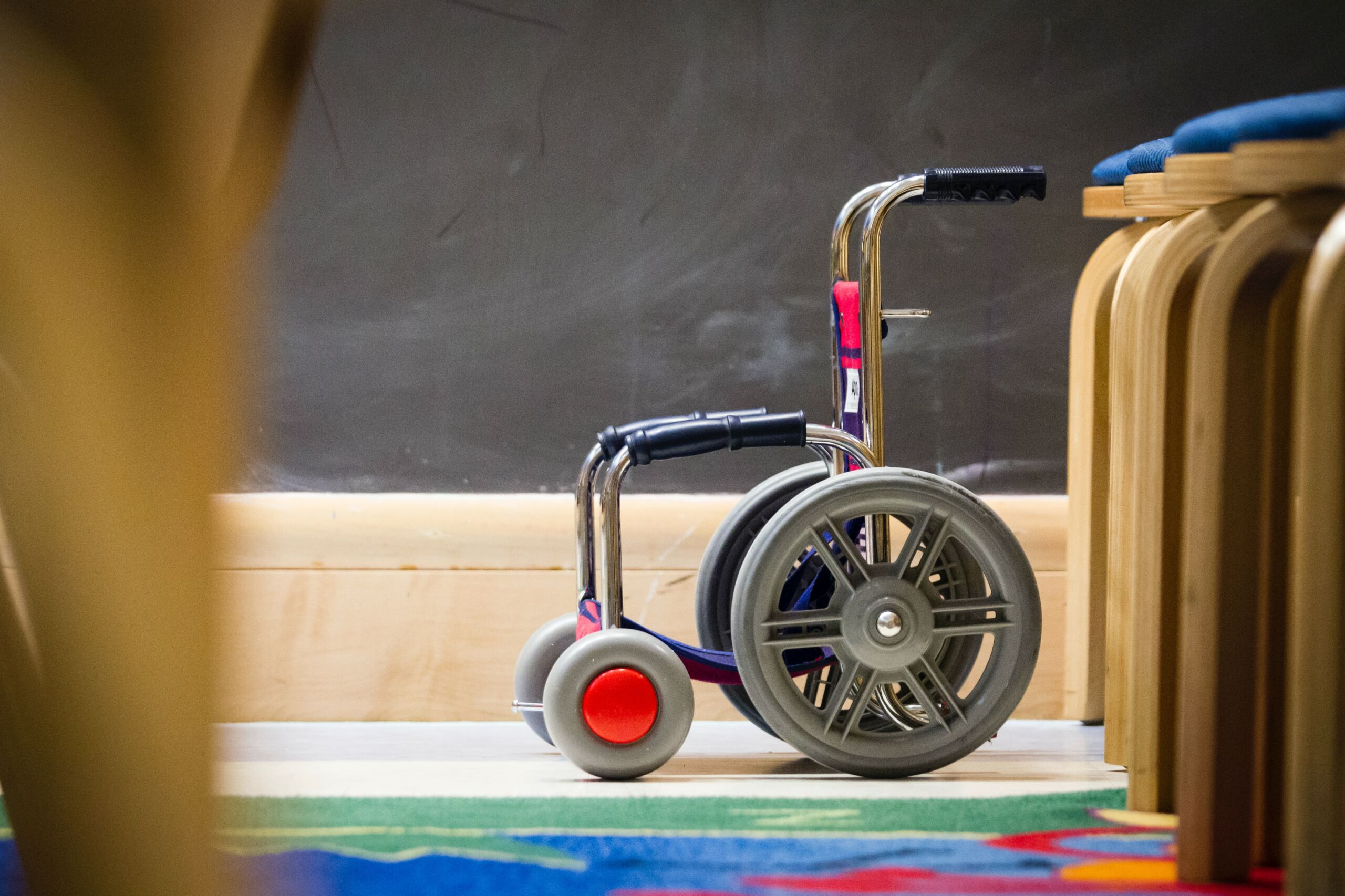


3. Flying with special needs – using an oxygen tank
Khor explains that HTT is also well-equipped to assist special needs passengers who require the use of an oxygen tank.
For example, those with a history of severe asthma, chronic obstructive pulmonary disease (COPD) or any other type of medical condition with difficulty breathing. The supplemental oxygen is required to adapt to the reduced air pressure in airplane cabins.
Firstly, for these passengers, they are required to have “fit to fly” documentation and there are also medical forms that need to be filled up.
These passengers will likely require the use of a portable oxygen concentrator (POC) and HTT will advise on the model that the airline will accept.
There are considerations such as the weight restriction, how it needs to be stowed if it affects your luggage allowance and if you need someone to help you use your oxygen, which may mean that you need to travel with somebody who can assist you.
Also, a power supply may be available onboard the aircraft but it is safest to have a dry cell battery ready as well as a spare battery, to last the whole journey, and be sure to include transit times and delays.



CONSIDERATIONS WHEN FLYING WITH ASTHMA OR COPD
- The air pressure within the cabin of a commercial airplane is not the same as the air pressure at sea level. This means that when you travel by plane, oxygen will not enter your body as easily as it does normally.
- Anyone travelling in an aircraft will have a drop in the amount of oxygen getting into their blood, although they are unlikely to feel any different.
- When you have a chronic lung condition like asthma or COPD, this can make your chest symptoms worse. You may feel more breathless and your chest may feel tight.
- The duration of the flight plays a role in the likelihood of experiencing symptoms. Longer flights increase the chances of experiencing respiratory symptoms.
- The good news is that with proper medical advice and precautions, very few people encounter problems when flying with asthma or COPD.
3. Flying with special needs – using a stretcher
Accidents can happen when you least expect it, and this includes whilst you’re on holiday.
For unfortunate instances when a passenger is injured or with a medical condition that requires the use of a stretcher, Khor explains that the passenger has to be first assessed to see if he/she is fit to travel. For severe cases, airline travel will not be advised.
It is imperative also that proper documentation and medical forms have to be in order.
HTT will then check the airline configuration, and for stretcher cases, turn either six or nine seats into a makeshift bed for the passenger, bearing in mind that only certain aircraft models have the capacity to be able to provide this.
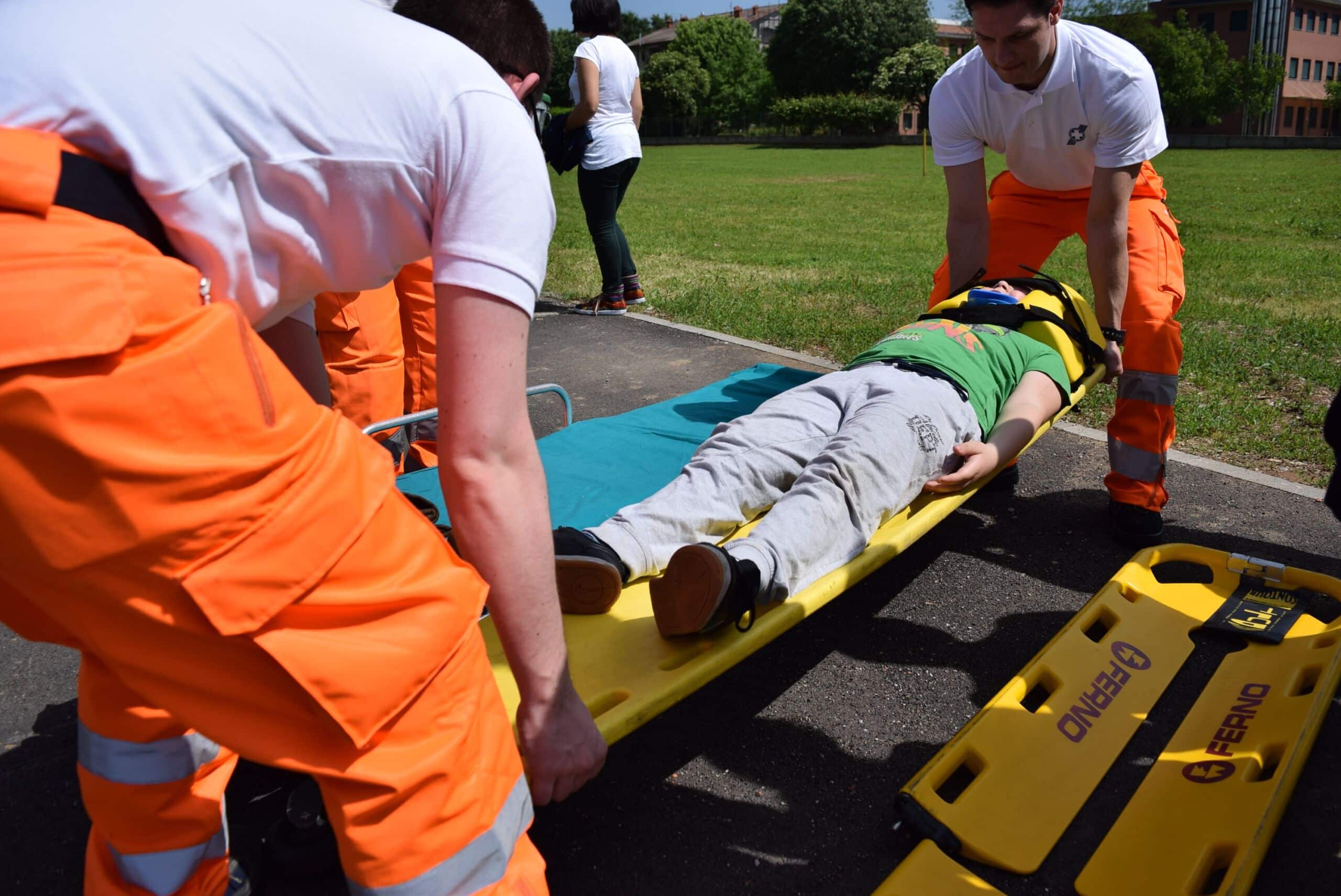


4. Flying with special needs – extra size
Khor explains that whilst air travel being overweight may be a sensitive issue, it does need to be dealt with in a gentle and empathetic manner.
It remains the individual’s initiative if they wish to purchase the seat next to them for more comfort.
Otherwise, upon check-in, the ground staff will endeavour to keep the next seat empty if possible, for the comfort of all passengers.
Other tips for air travel for extra-size passengers:-
- Board as early as possible. That way, you can make your way to your seat without worrying about bumping into anyone.
- There are seat belt extenders – you can request one at the start of your flight, or you can purchase your own to use.
- Request for more space if possible. Try to request an aisle for yourself before boarding your flight. If the flight is not full and it is available, a kind ground staff may accommodate the request.
- Remember that you deserve a comfortable and peaceful flight too – everyone does.
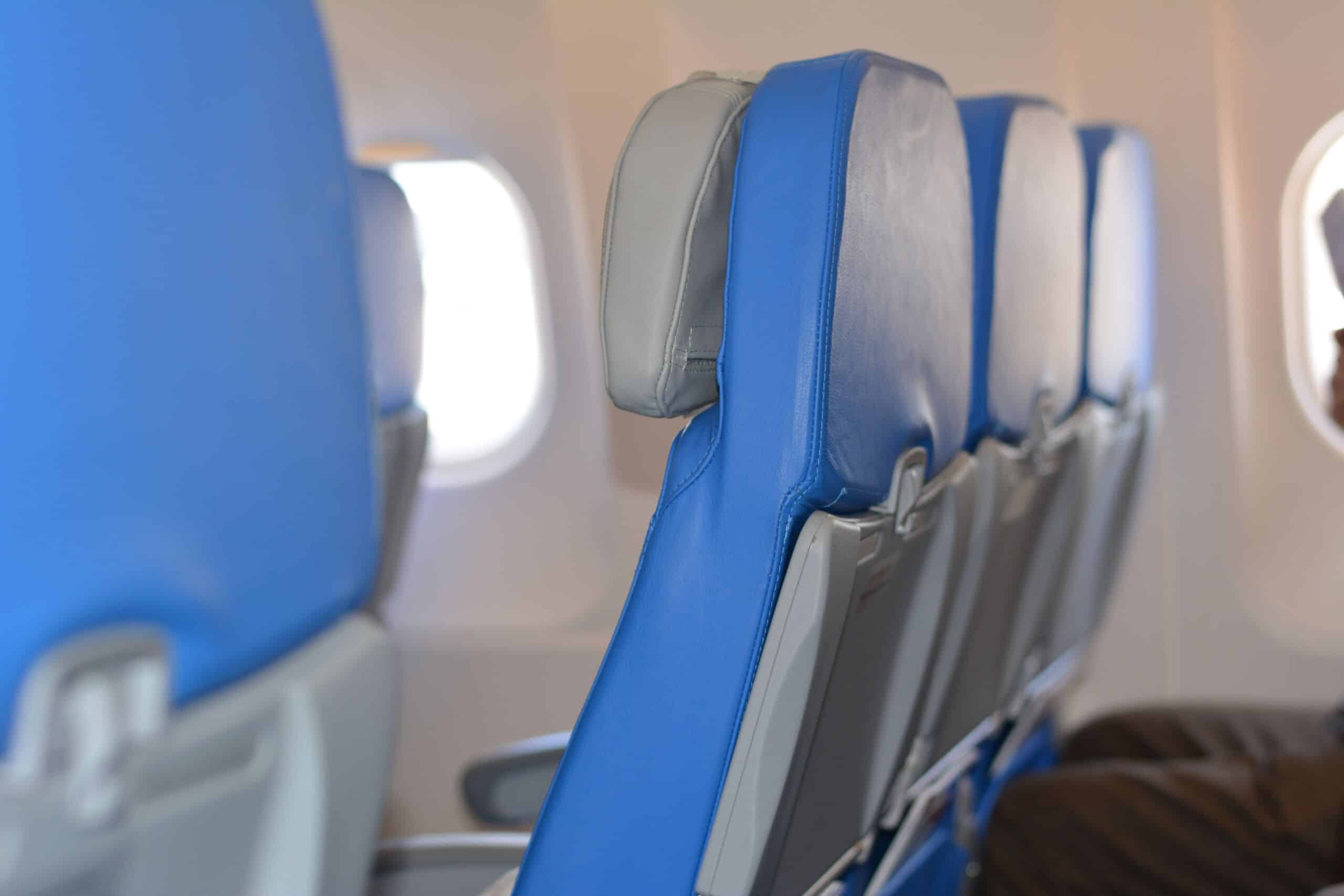


5. Flying with special needs – musical instruments
Musicians may need to take their instrument(s) abroad for a professional engagement, or many may need or want to keep up with their practice whilst travelling. Khor explains that it all boils down to the type of instrument involved.
Pianos
For large musical instruments such as the piano or organ, this has to be transported via cargo.
Drums, trombones and saxophones
Certain-sized drums, trombones and saxophones can be checked in; do be sure to arrive early at the airport so you can arrange for this in an unhurried manner.
Cellos, baby cellos, guitars, violins and other string instruments
String instruments such as the cello, baby cello, guitar, violin and viola are sensitive due to the strings. Musicians would be aware of that fact, and HTT will also advise that musicians take precautionary steps like loosening the strings to avoid pressure at high altitudes.
Some musicians may take the initiative to purchase the next seat for their instrument, especially if it is large like a cello or guitar. Otherwise, they can stow away the instrument in the overhead compartment or underneath the seat in front of them.



A Musician’s Tips For Flying With A Guitar ( Or Other String Instrument ):
- Loosen the strings
Temperature and pressure changes in flight can put enough strain on your guitar to snap the strings – unless your strings are loose. Whether you can fit your guitar in the overhead bin or have to nervously watch as it slips out of sight on the luggage belt, you should always loosen your strings before you go flying with a guitar. With some taut guitar strings having over 300 lbs of tension – you really should take this precautionary measure.
- Stuff your guitar case like a turkey
It is a good idea to give your guitar some extra padding and support by stuffing clothes, socks or towels into the cavities of your guitar case. Pay special attention to the headstock and neck – these are the most common breakpoints, especially when flying with a guitar. You want to minimize the movement of your instrument within the case and at the same time provide some cushion to soften blows from possible drops and falls.
- Do your own research as to which airlines allow guitars as carry-ons
Do your checking of airline websites for their policies about flying with a guitar, and follow up with a call to be sure. If you know in advance which type of aircraft you will be flying in, that will also help you decide how to pack your guitar. For example, for small commuter planes, you probably have to stow it below deck or purchase the seat next to you.
- Invest in a good guitar case
A good and sturdy guitar case will last you a long time and it will pay for itself the first time your guitar makes it out alive from the wilderness of the airport luggage bay. Peace of mind is a valuable commodity when flying with a guitar – it’s pretty much your precious baby.
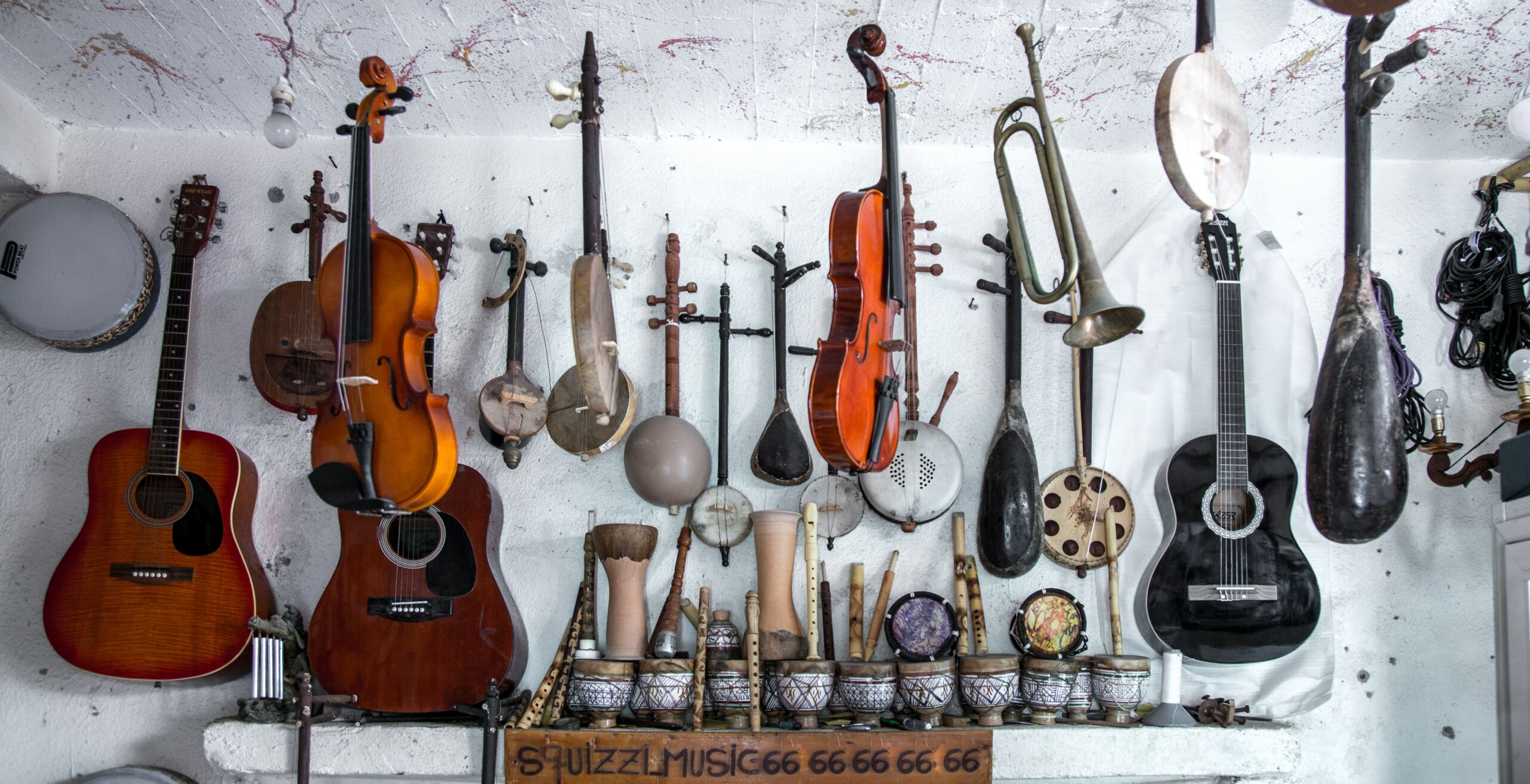


In this time and age, flying with special needs does not need to be a stressful and worrisome affair in any way. With more tour agencies like HTT helping to bridge the gap between airlines and passengers who have these special requests, air travel with special needs should now be a seamless and worry-free experience.
fOR AIR TRAVEL WITH SPECIAL NEEDS – LET US help you make it a positive experience!
REACH OUT TO US AT +603 2303 9100 OR
[email protected]
You may also be interested in:
- How To Manage Jet Lag: 15 Essential Tips For Family Vacation With Infants And Children
- Senior Travel Tips 2022: The Essential For Fun And Safe Travels Even After Retirement
- Top Tips To Booking Hotels For Seniors
- Travel Safety: The Safest Airlines In 2023
